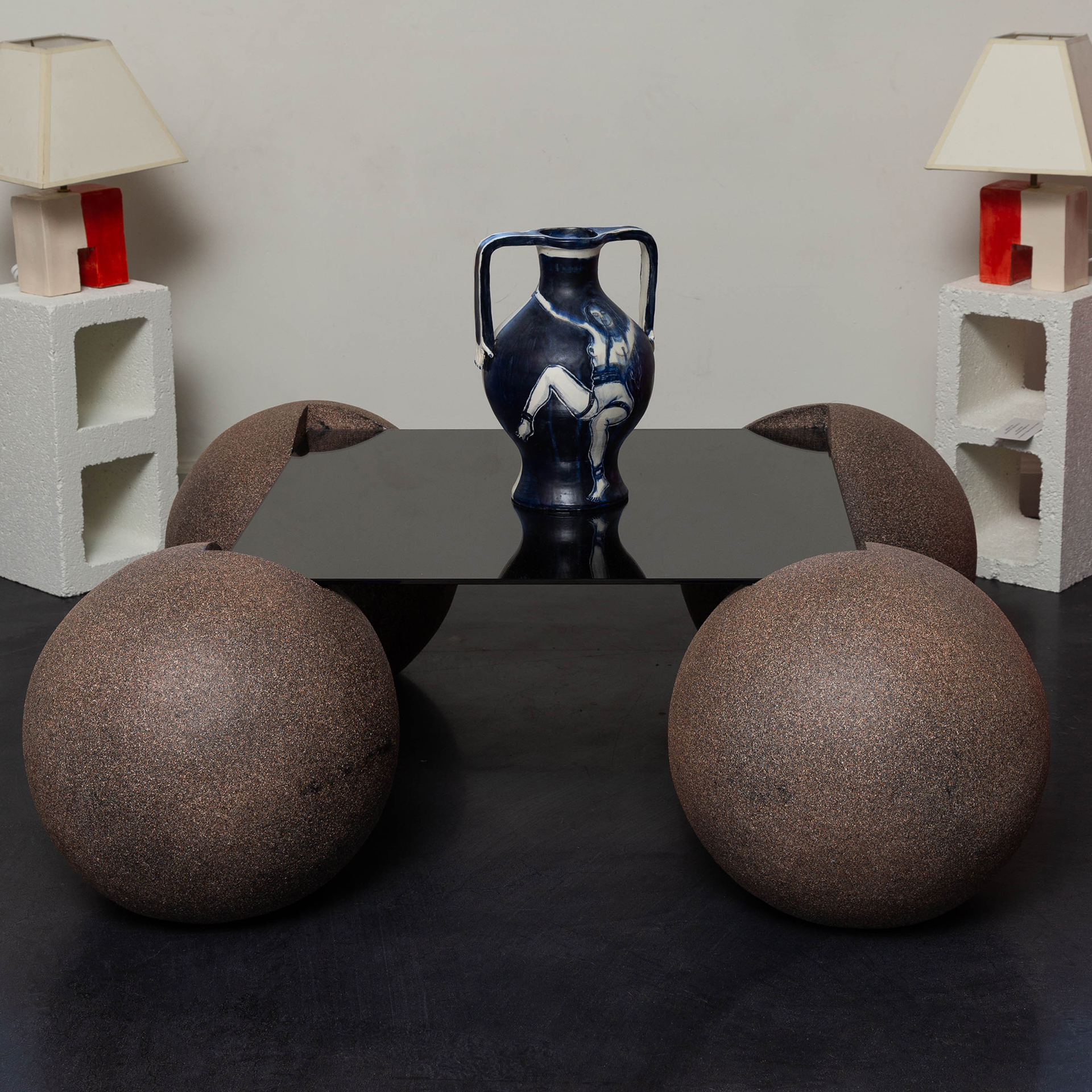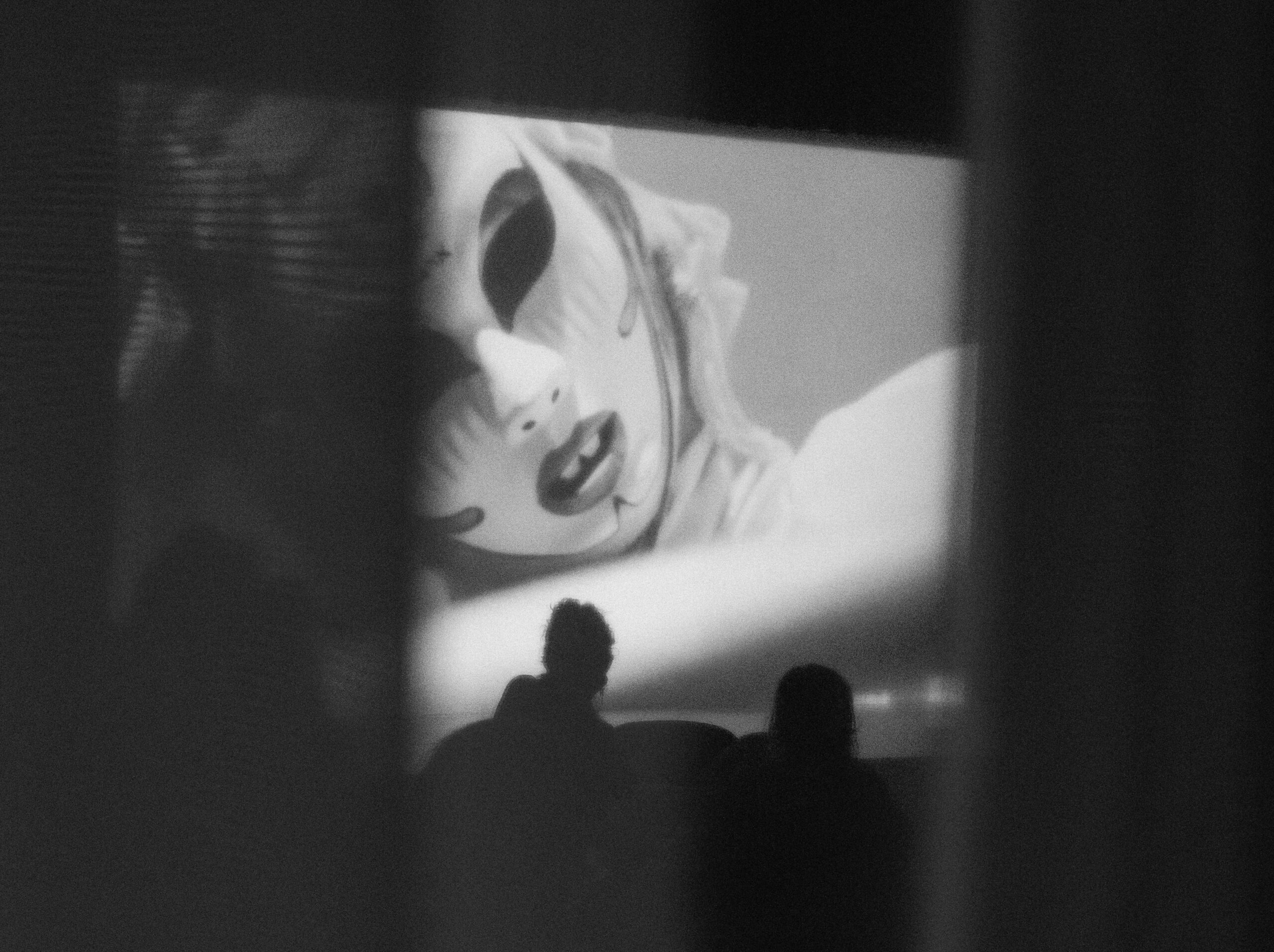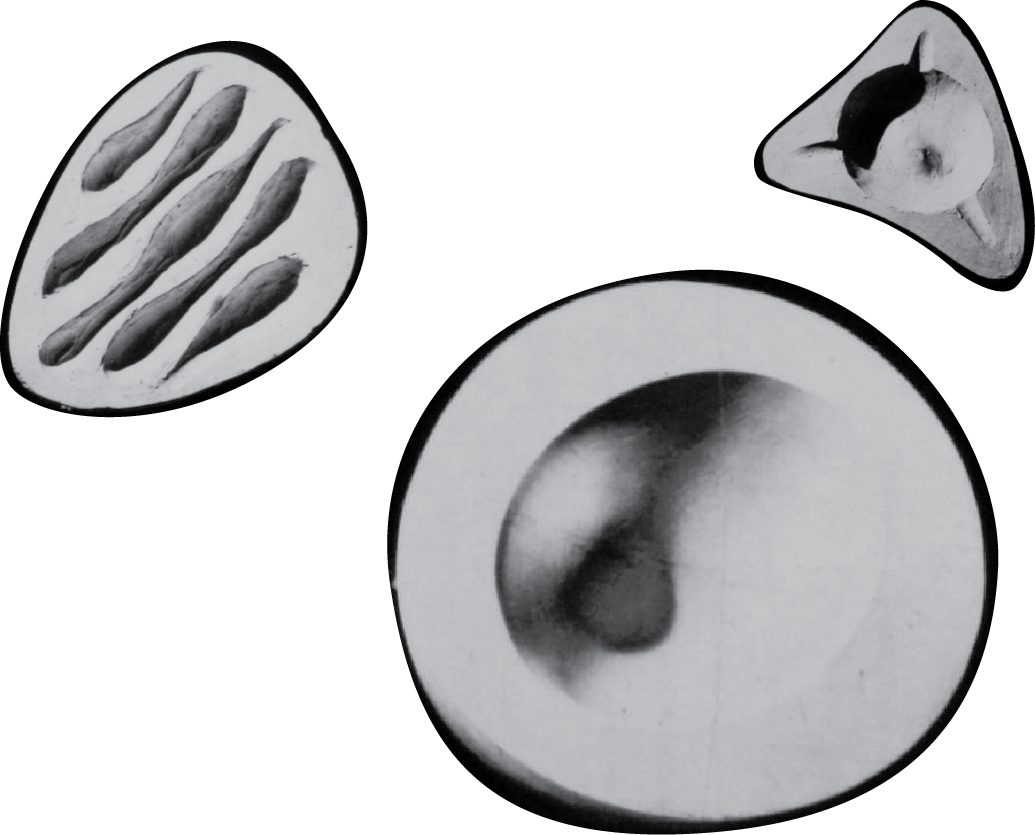WILD GARDENS AND FRAMED LANDSCAPES: ALBERTO KALACH DESIGNS TO REFLECT ON NATURE
Photography by Natasha Garoosi and Liz Zepeda
Film by Sarah Len, Natasha Garoosi and Magaly Ugarte de Pablo
A Materia Studio production
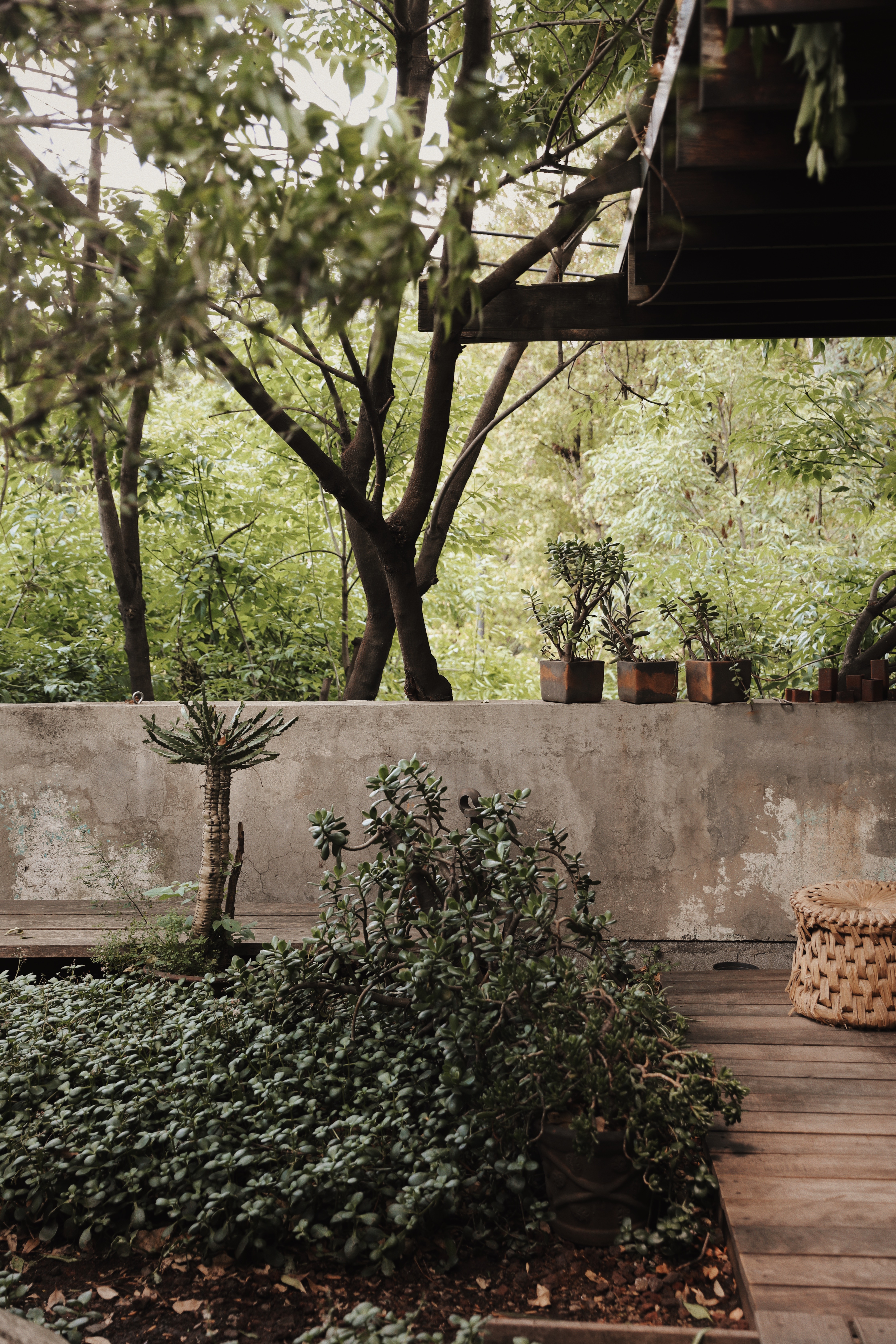
Mexican architect and environmentalist Alberto Kalach challenges our collective values and how they translate into the way we live. For him, true luxury lies not in the excesses of scale and materials so commonplace today, but in the seamless integration of architecture and nature. It is about the framing of the landscape, the breeze that flows through an edifice, the spatial proportions that invite reflection. His creative practice stems from a profound understanding of the sites he chooses, allowing his architecture to become fully integrated with nature in an unobstructed way.
Kalach’s design practice Taller de Arquitectura X is an ongoing response to the critical challenge of building in less intensive ways, and more in tune with the dynamics of nature. His latest project with Grupo Habita – Hotel Terrestre in Puerto Escondido, Mexico – coalesces these principles into a construction that is responsive to its site and which amplifies the beautiful idiosyncrasies of the natural surroundings. This 14-room boutique hotel on the Oaxacan coast runs entirely on solar energy.
On a recent afternoon, Sarah Len, Editor-in-chief of MATERIA, met the architect at his home in San Miguel Chapultepec – a lightweight glass structure that Kalach designed and set atop a home dating from the 1930s. A sanctuary filled with books, art, and curios, the home perfectly captures the spirit of its creator.
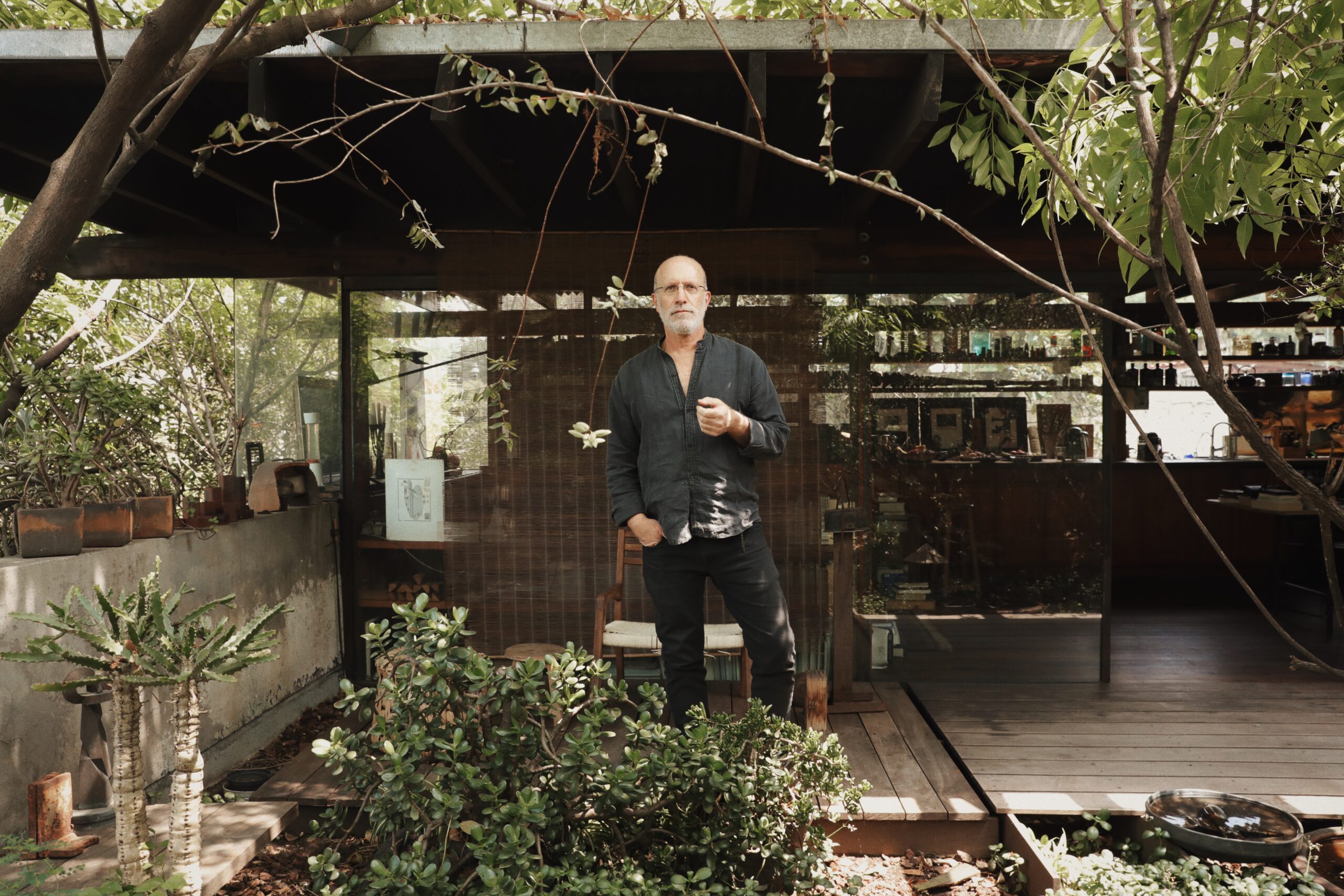
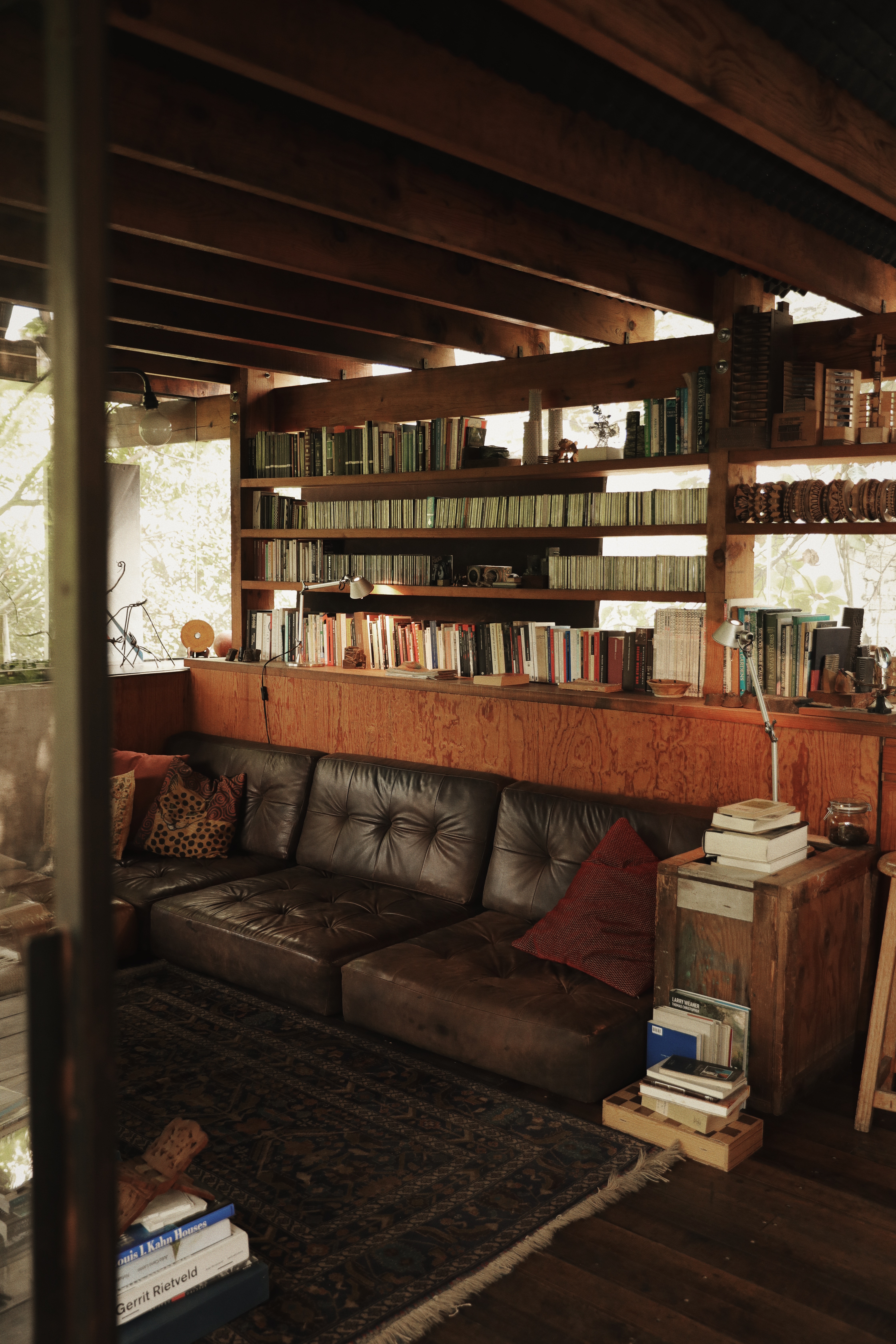
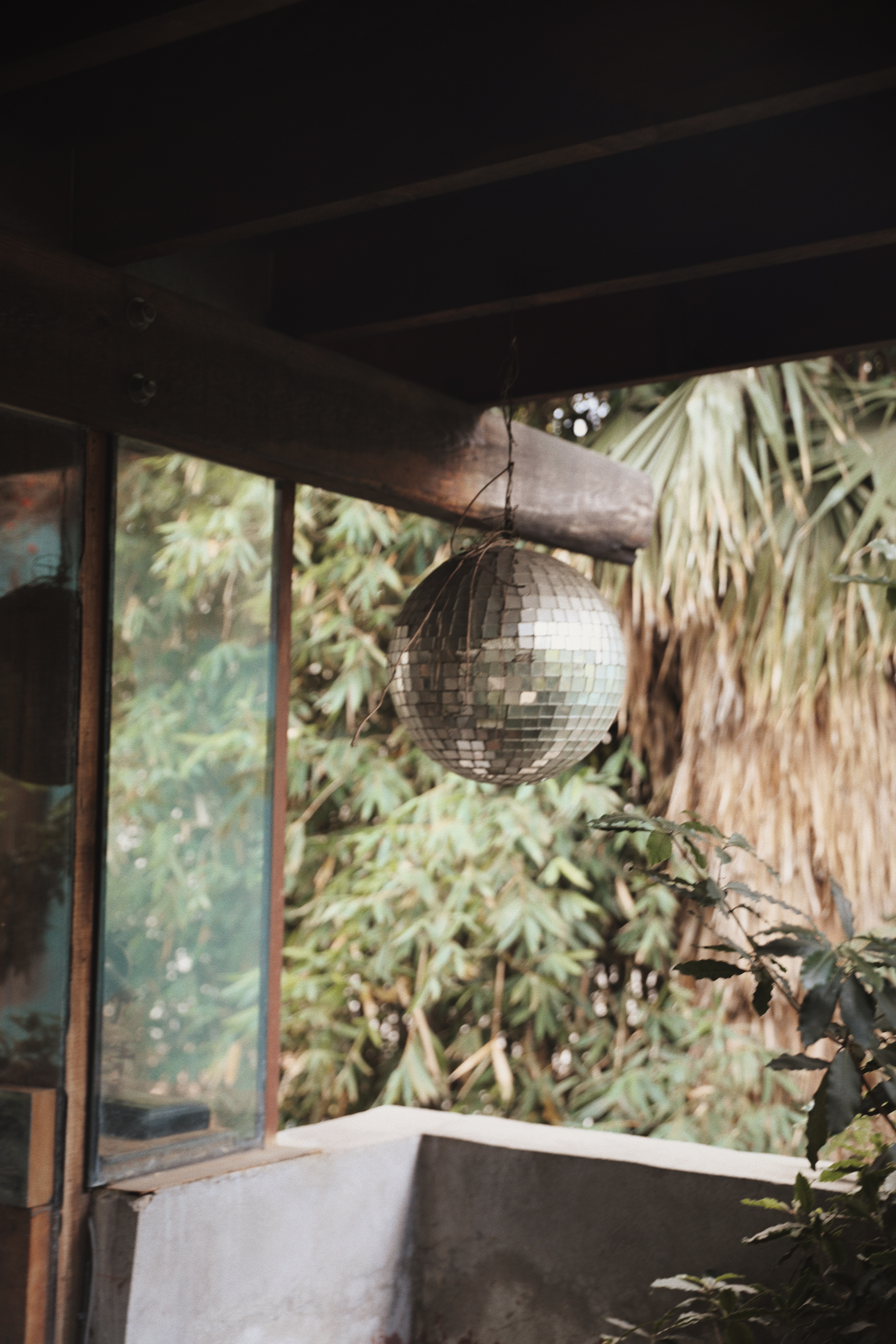
Sarah Len: Hola, Alberto. Can we talk about how you first discovered architecture?
Alberto Kalach: As a child, I used to look at pictures of architecture. Fascinating examples, such as the Acropolis, New York, or the Cascade House, were impactful images. So I was interested in the idea of being able to build as a profession, viewing it like a game, like how children play.
Adults also play. But at that time, I didn’t think about the destruction of the planet or things like that. No, no, no, no… It wasn’t even a thought. It was the 60s. And now as an architect, as a citizen, supposedly all citizens are interested in this collective phenomenon, a collective construction. We know how impactful building is on the environment.
SL: And how impactful is building on the environment?
AK: Some people say that environmental pollution caused by the construction industry accounts for 30-40% of global pollution. So if we could reduce construction by half, it would pollute exactly half and destroy half. Therefore, this house responds to that idea. If we see the city as a macro, it keeps expanding with new constructions, roads, drainage systems, and subway lines.
The rooftop areas of the cities, at least in Mexico City, make up 30-40% of the city. Therefore, if we use the rooftops intelligently, we could tackle this macro problem.
”Some people say that the environmental pollution caused by the construction industry accounts for 30-40% of global pollution. So if we could cut construction in half, it would pollute exactly half and destroy half.”
–Alberto Kalach
SL: Tell me about your home we’re standing in.
AK: I made my house as an experiment about 15 years ago. This house was built in 1930, but I mounted this structure on top of it. This structure was very conventional, very primitive, bolted together, lightweight, and with some plants because plants are what ultimately? They not only oxygenate the air but also trap the dust and smoke from the avenue, and I believe they create serenity.
And that’s another task within these dynamic and chaotic cities, to have serene places to rest; it’s important. The magic that one can create by feeling you’re no longer there. You can imagine there’s no avenue except for the noise.
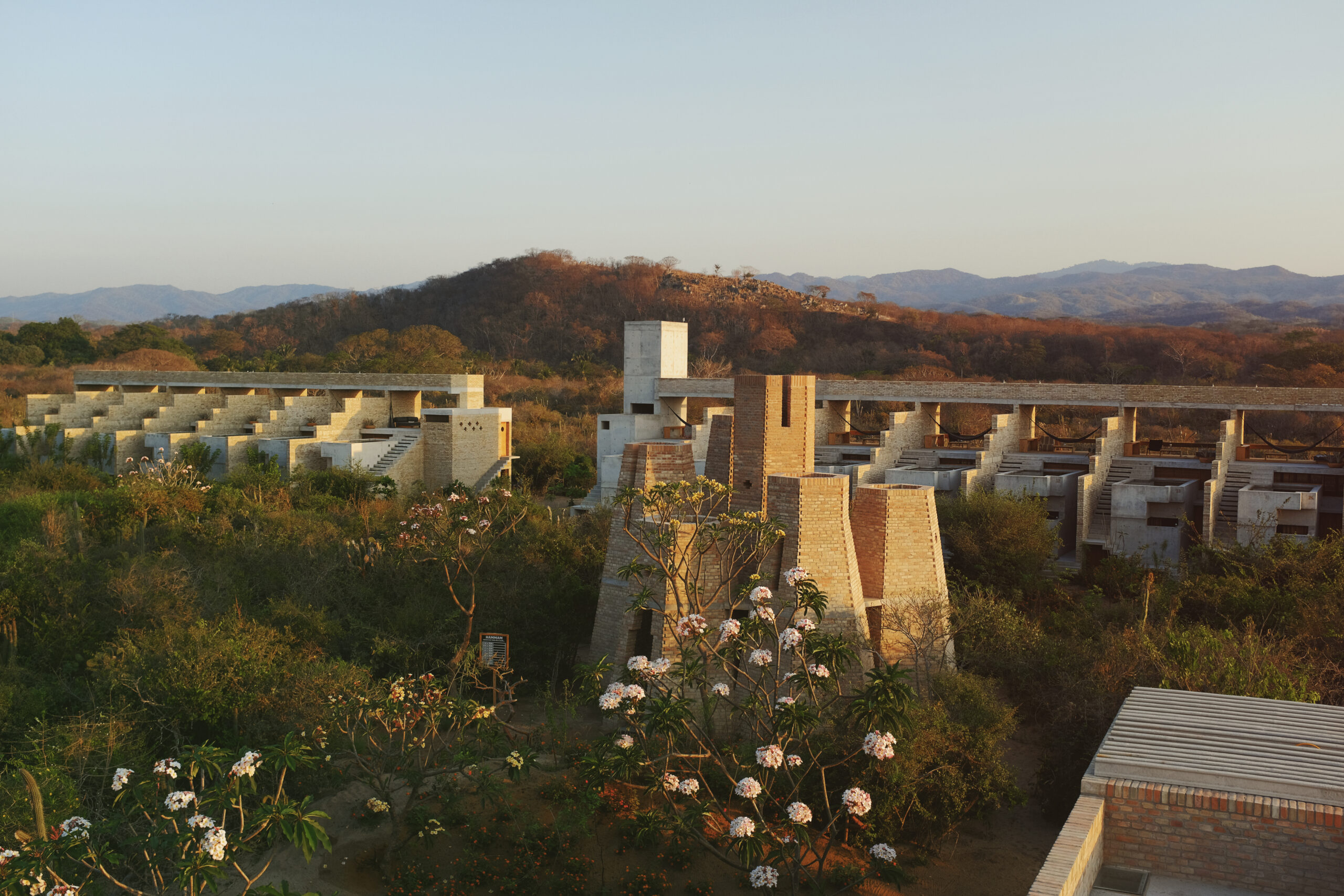
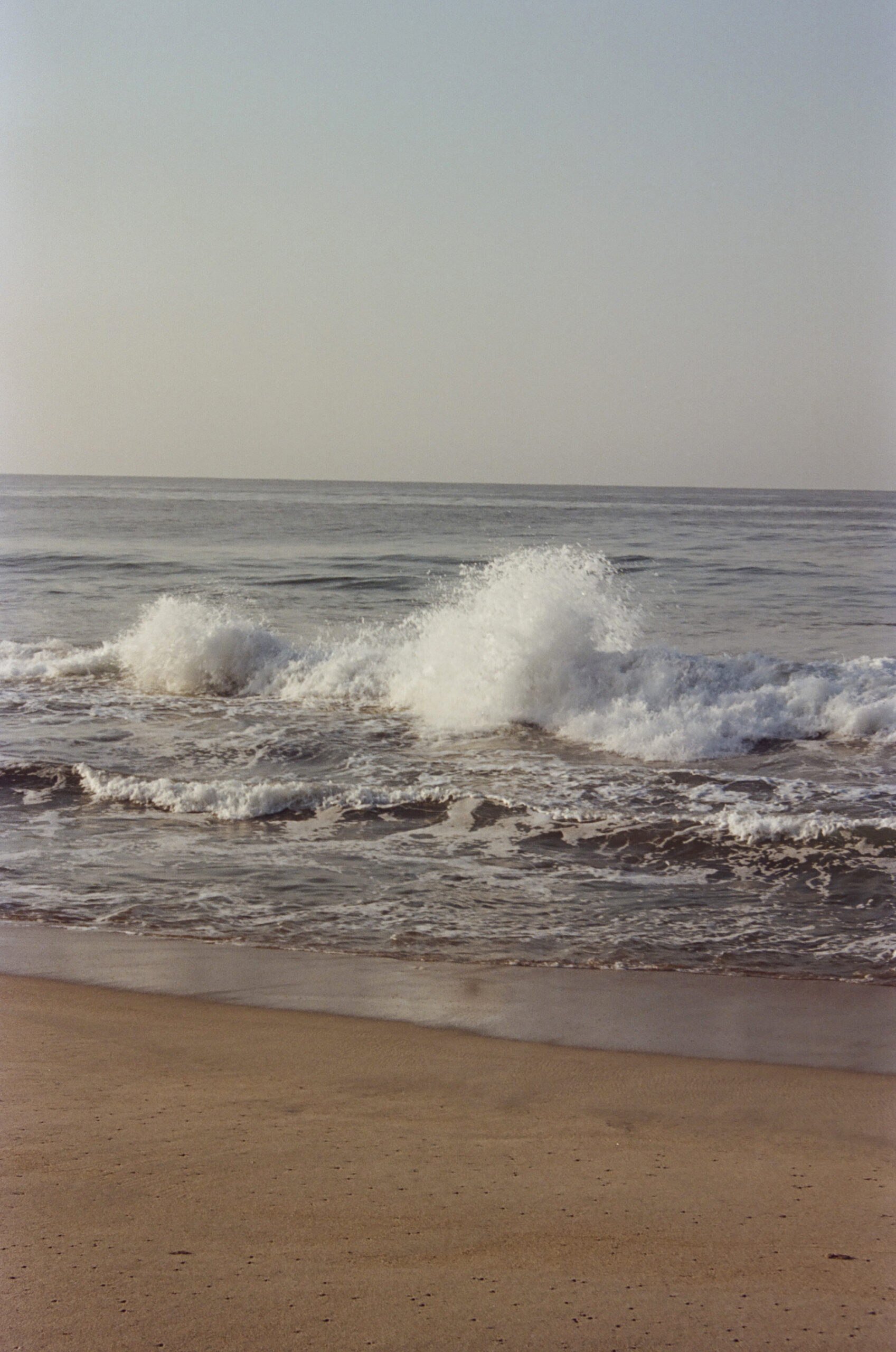
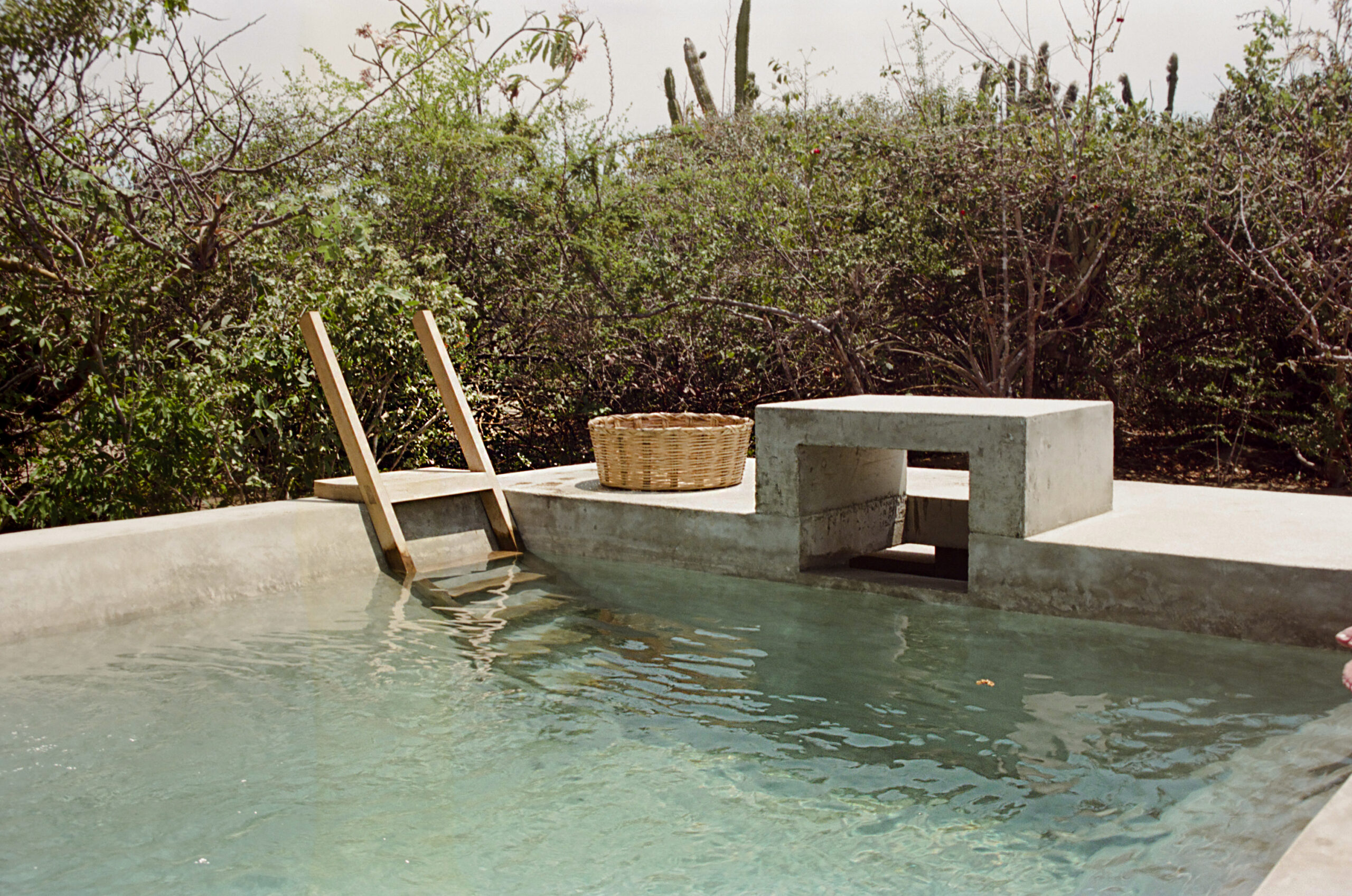
SL: I’d love to know how these philosophies have been applied to your latest project, Hotel Terrestre in Puerto Escondido, Oaxaca?
AK: Hotel Terrestre was a beautiful exercise in architecture because the project promoters were two very sensible girls who understood something essential to building a structure – that just as we can have ideas, the place itself has something to say.
Architecture is not just an imposition, or if it is, then, in essence, it is arbitrary. Whatever you do, it’s arbitrary. At least listen to the site. Understanding the place, and knowing what the place can offer is part of the architect’s task. In this case, it was a low jungle with delicious vegetation. If you come here this season, it’s full of orchids.
”Although it is a luxury hotel, the luxury is in the location, in the breeze, in the views, in the mountains, in the ocean views, in the beauty of the vegetation, in the beauty of the fauna. Luxury is not in excessively huge rooms or imported Italian marble.
Luxury is in the proportions of space and the views.”
– Alberto Kalach
And the other thing was to use local labor since they’re fantastic artisans. In the area of Oaxaca. We made this building very simple, using brick, again with the same philosophy of using the least amount of materials possible.
It had to look nice while respecting the site as much as possible. Although it is a luxury hotel, the luxury is in the location, in the breeze, in the views, in the mountains, in the ocean views, in the beauty of the vegetation, in the beauty of the fauna. Luxury is not in excessively huge rooms or imported Italian marble.
Luxury is in the proportions of space and the views.
SL: And how exactly can that harmony between the new construction and the surrounding space be created?
AK: For me, the process is, of course, listening to the future inhabitants of the building but also going to the place and being there. For example, in a project in Costa Rica, I spent four hours one day and another three hours. Then on the third day, I finally understood the place, which is an important part of the process. And after understanding the place, you have to talk to the client – I don’t love the word client – to explain to them that perhaps what you want to do is too much for that piece of land and that if you want to put all that construction, you are going to destroy it.
SL: So you will say that understanding the unique needs of a place can be the first step for a more conscious practice?
AK: Indeed. When you buy land, you do it because you like it, but you put an idea on it that you also do in an excel sheet to make it profitable, and then you end up destroying what you liked in the first place. But if the client is sensitive and observes this, then you can generate a different project. In the end, the world is not going to be saved by Gretta; we all have to save it together.
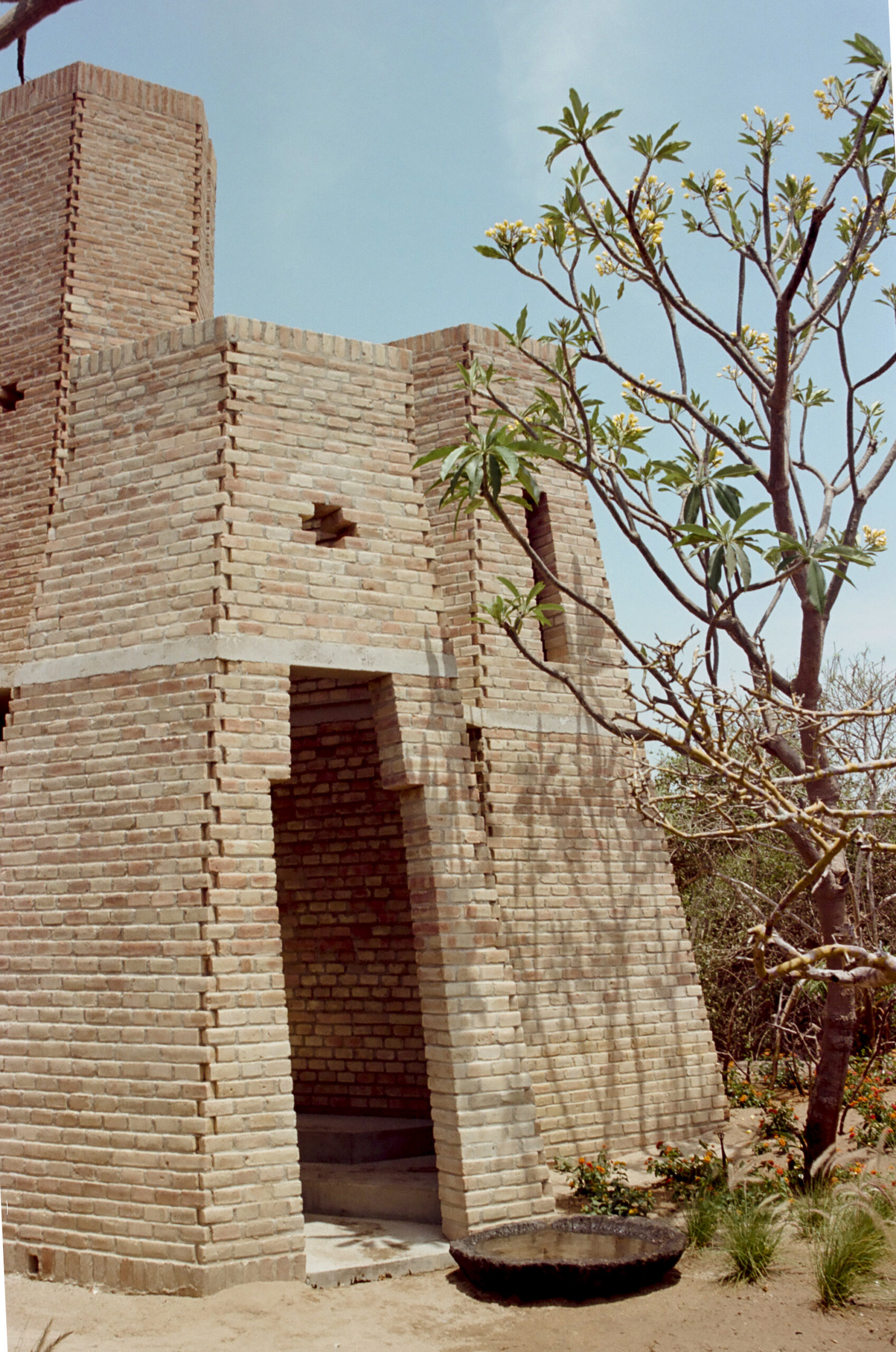

A special thank you to Grupo Habita. For more information about Hotel Terrestre, visit terrestrehotel.com


